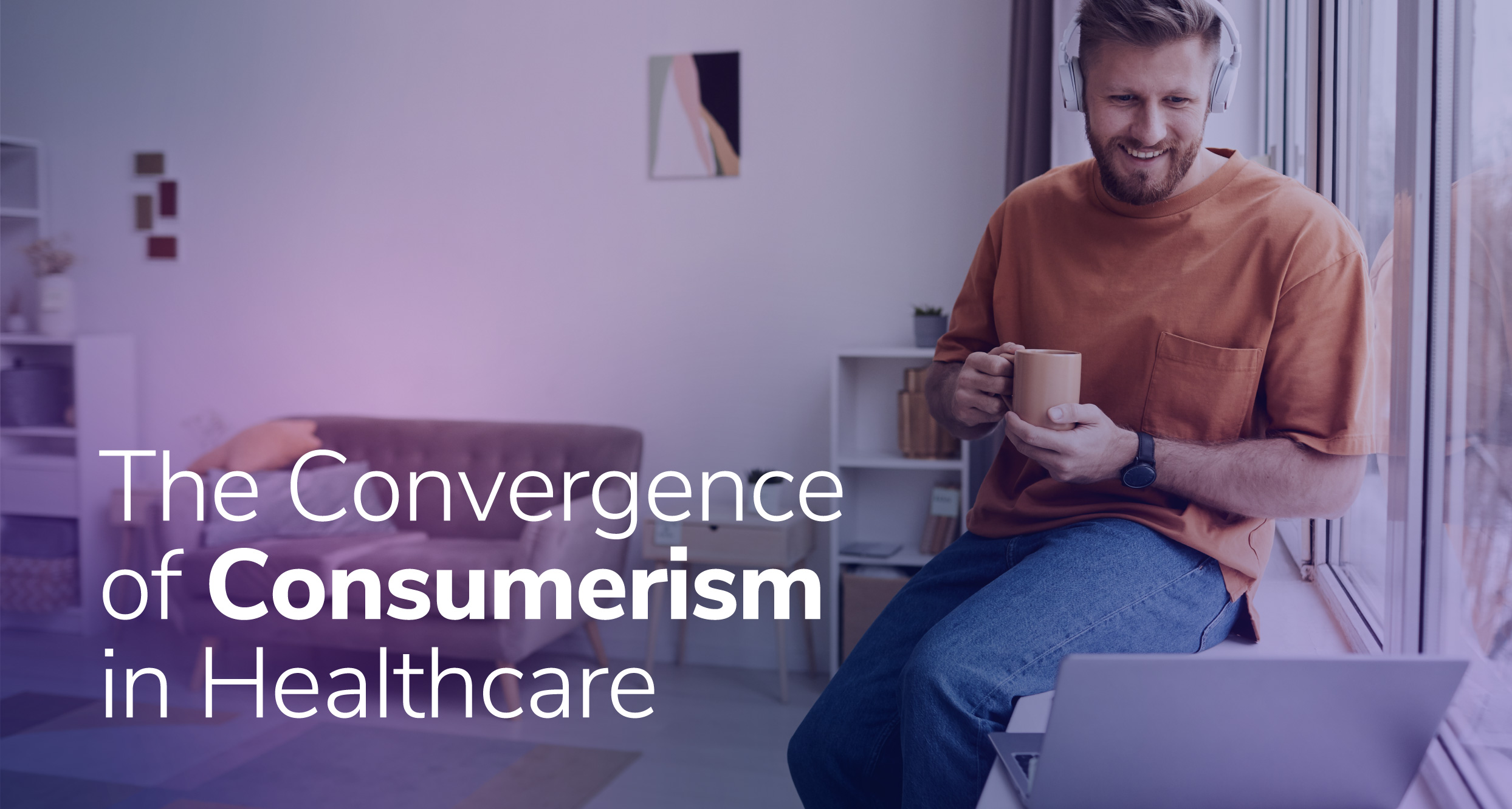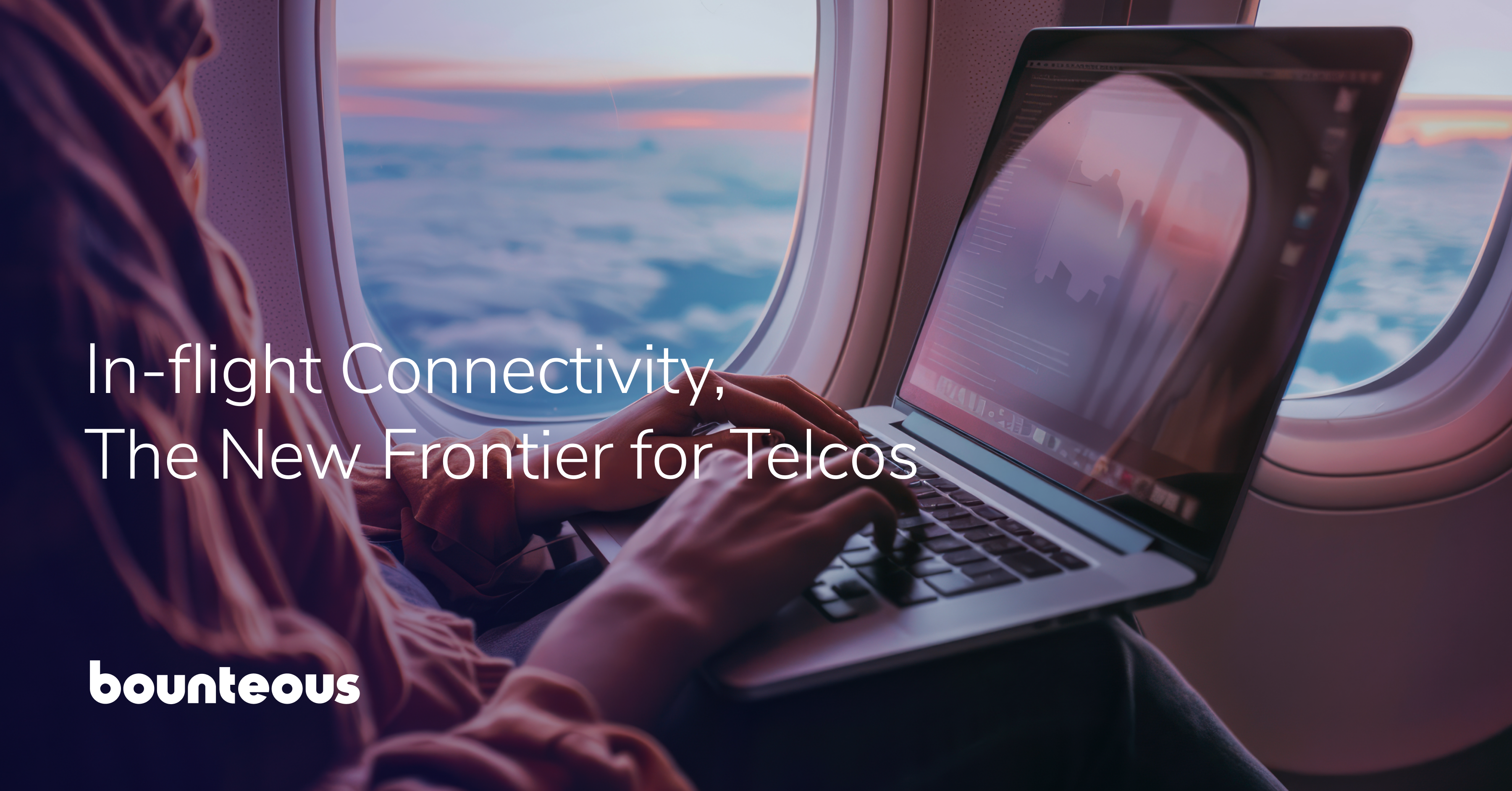Enabling Today’s Healthcare Audiences with Commerce & Self‑Service Solutions

The convergence of consumerism in healthcare is transforming the relationship between patients and healthcare organizations. Historically, there has been limited consumer involvement in healthcare decision-making and a focus on traditional provider-driven care. Trends in healthcare suggest a significant shift as consumerism continues to take center stage in the healthcare landscape.
The healthcare landscape has become more patient-centric than ever, prioritizing audiences’ experiences and individual needs. The emphasis on access, engagement, and more personalized experiences is a huge shift from just a few years ago when this was merely an aspiration.
Sixty percent of consumers expect their digital healthcare experience to mirror the quality and ease of use associated with leading digital retail, travel, and dining experiences. And the shopping experience is one of the big areas of focus in healthcare.
For payers, websites are the highest-value sales channel for their B2C business, with no external commissions and generally higher lifetime values. The percentage of Medicare Advantage members who say they value shopping information from the health plan website has more than doubled, increasing from 14% in 2020 to 29% in 2022. According to Deft Research, however, people are generally underwhelmed with the shopping experience on their insurer’s website, and opportunities exist to improve the shopping experience.
For healthcare systems, “Find a Provider” tools are often the first touchpoint for patients and prospective patients, and it’s important to consider the various ways that healthcare providers can interact with patients digitally — whether it be through an online patient portal, telehealth services, mobile apps, or social media.
To win in any space, innovation is critical and it’s why healthcare digital transformation is on the rise.
Key Opportunity Spaces
We see four key areas of opportunity that are broadly applicable to most digital healthcare journeys: Digital-First Shopping, Self-Service Enablement, HealthTech Point Solutions, and AI-Powered Support.
Digital-First Shopping
Increase acquisition while decreasing acquisition costs by delivering the modern, “retail” digital experience that your growing, digitally savvy audience expects. To earn trust and confidence, healthcare providers must make every digital touchpoint valuable to their diverse audiences — providing frictionless, predictive, personalized experiences that always guide them to the next best action. By investing in customer research and adopting an iterative test-and-learn design approach, healthcare providers will get the insights they need to architect these experiences and drive continuous innovation and optimization.
Healthcare providers must also develop digital-first communication strategies that remove channel barriers and leverage profile data and behaviors to dynamically deploy messaging and content across preferred channels, at the right moments. This is a large undertaking, so it's best to start small and then slowly progress to introduce more robust and personalized journeys and experiences that deliver more relevant and meaningful communications in service of providing holistic care and support.
Self-Service Enablement
Drive better member and patient experiences by removing barriers which in turn reduces call volume and administrative burden by getting patients and members to the right support, right away, regardless of channel. Build omnichannel solutions that enable quick resolutions for common questions and support needs, such as offering chat support to members or patients who appear to be struggling with a digital experience or leveraging SMS for “on hold” calls - guide members and patients to complete their actions online.
HealthTech Point Solutions
Point solutions, which encompass services such as virtual healthcare options, mental health support, fertility benefits, and more, offer healthcare systems the opportunity to provide precise and tailored care to their specific member populations.
These solutions are entering the market to meet current needs and help solve the daily challenges that are part of the patient experience. Recognizing the role women play as healthcare decision-makers and designing experiences that meet their needs, is critical. It is another example of needing to think through specific use cases to build trust, improve patient acquisition and retention, and ultimately help healthcare companies drive topline and bottom-line growth.
GenAI-Powered Support
Generative Artificial Intelligence (GenAI) is a top investment in healthcare. GenAI can help better connect the patient to the right information by embracing the concepts of online shopping and delivering more personalized content, communication, and recommendations.
It can increase member and patient acquisition, retention, and loyalty by providing AI assistance to telesales and customer service teams.
GenAI is revolutionizing marketing strategies, optimizing logistical operations, and even driving the creation of new products and services. GenAI can help support digital experiences through insights and, in turn, drive operational efficiencies, impact at scale, and cost savings for organizations.
A Guided Shopping Experience Supported by Artificial Intelligence
What can this look like? When you think about the guided shopping experience and one where GenAI may play a role, it helps to think through the specific healthcare examples we are trying to improve.
For payers, this can look like proactive communication during key events like aging into Medicare or insurance changes. Providing streamlined shopping paths, simplified content, personalized recommendations, and fostering benefit understanding during these crucial stages can truly become a lifeline. Deploying experiences and journeys that more proactively engage members and prospective members through a variety of channels, instead of waiting for them to come to your website, is a real opportunity to meet consumers where they are most active.
For providers, this can look like contextual and omnichannel reminders to proactively manage medications for high-risk populations or evidence-based treatment recommendations to support clinical decision-making. Key events, including turning 45 and needing your first colonoscopy, scheduling your annual mammography, and other milestones or scheduled gaps in care, can all benefit from guided experiences such as in-app reminders. The convenience will drive the closure of gaps in care that come with the cost of care reduction for both patient, payer, and healthcare systems.
At ViVE 2024, the Bounteous team heard from Providence St. Joseph Health about how they’re making a few big bets in the space. One is around navigation and leveraging text-based chat AI to understand when and why someone comes to them. This helps them to understand intent, which can lead to powerful data strategies. The other area they are focused on is GenAI tooling and infrastructure. This is tied to personalization and identity-driven marketing goals – such as delivering personalized care, personalized content, and next best action (NBA) to create hyper-relevant customer experiences.
We can prioritize and test incremental GenAI enhancements that enable personalized and efficient support, from pre-call summaries to sentiment analysis, task automation, and guidance for the next best actions. Opportunities for improvement exist at every stage of the journey.
According to Forrester, we know that healthcare providers that have implemented changes focused on improving the digital experience see their revenue increase by up to 20%. This underscores the significance for healthcare organizations when we think through guided shopping and self-service solutions.
Key Considerations and Dependencies
While improvements in the healthcare shopping experience can have wide-reaching benefits, there are also challenges that we still face in making this a reality.
Digital literacy and adoption in the healthcare space vary greatly based on consumer segments, posing hurdles in achieving universal engagement. It often helps to think through key groups that it might make sense to develop journeys around before launching a full-blown strategy. One specific segment includes caregivers, who are unsung heroes in the healthcare narrative and deserve consideration to ensure that they, too, have access to shopping and self-service tools.
In addition, pre-authentication and secure experiences will vary and are somewhat based on PII and PHI consumers are willing to share. The healthcare industry is a unique space that requires more attention to privacy and compliance.
Then there are the ethical considerations that must be addressed. Navigating the delicate balance between data privacy and the need for personalization is like walking a tightrope. When GenAI creates consumer profiles, it's like a detective piecing together your life story, except you never hired this detective, and you're not entirely sure what they’ll do with your biography. This level of personalization is fantastic for organizations — it's like having a crystal ball that predicts market trends. The ability to understand consumers at an almost granular level by sifting through mountains of publicly available data can tailor experiences, predict needs, and, arguably, enhance lives. But this technological marvel brings forth a slew of ethical concerns. How much personalization is too much before it becomes invasive? Where do we draw the line?
The road to ethical GenAI use in digital commerce demands industry-wide commitments. For starters, companies must champion transparency about how consumer data is used and obtained. There should be clear policies on data handling, with consumers given control over their information. Regular ethical audits of AI systems, akin to financial audits, could become a norm, ensuring ongoing accountability. In addition, there's a need for collaborative development of ethical AI guidelines, possibly led by an independent body, which could set industry standards. Investing in public awareness and education about GenAI's role and impact is also crucial, enabling consumers to make informed choices.
The Future of Guided Shopping in Healthcare
The benefits of improving the digital shopping experience in healthcare can impact member acquisition and savings, member retention and customer satisfaction, operational efficiency as well as telesales enablement to name just a few. This will ultimately help lower the cost of care for both patients and healthcare organizations.


